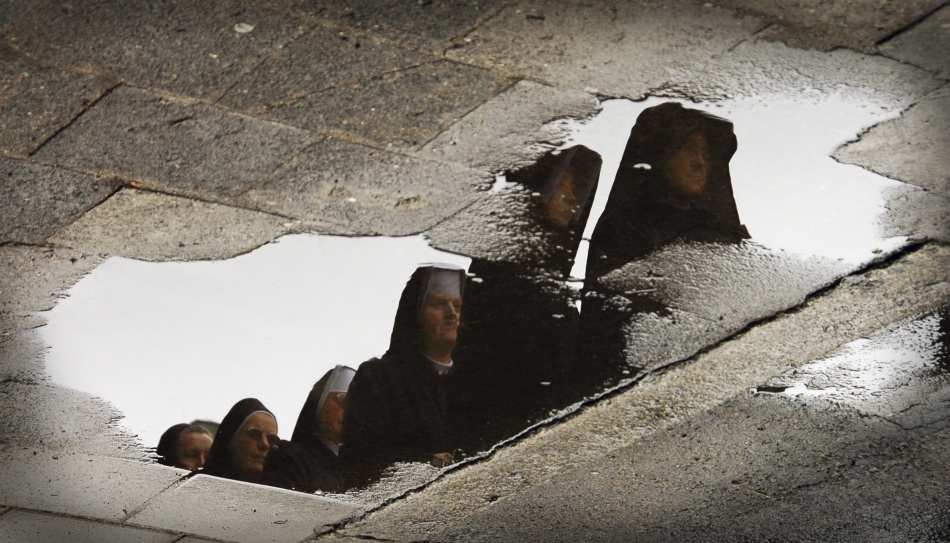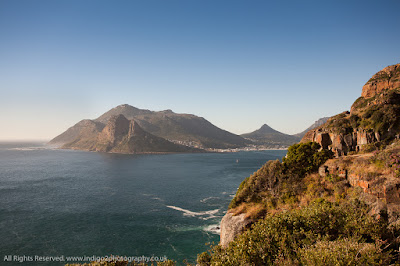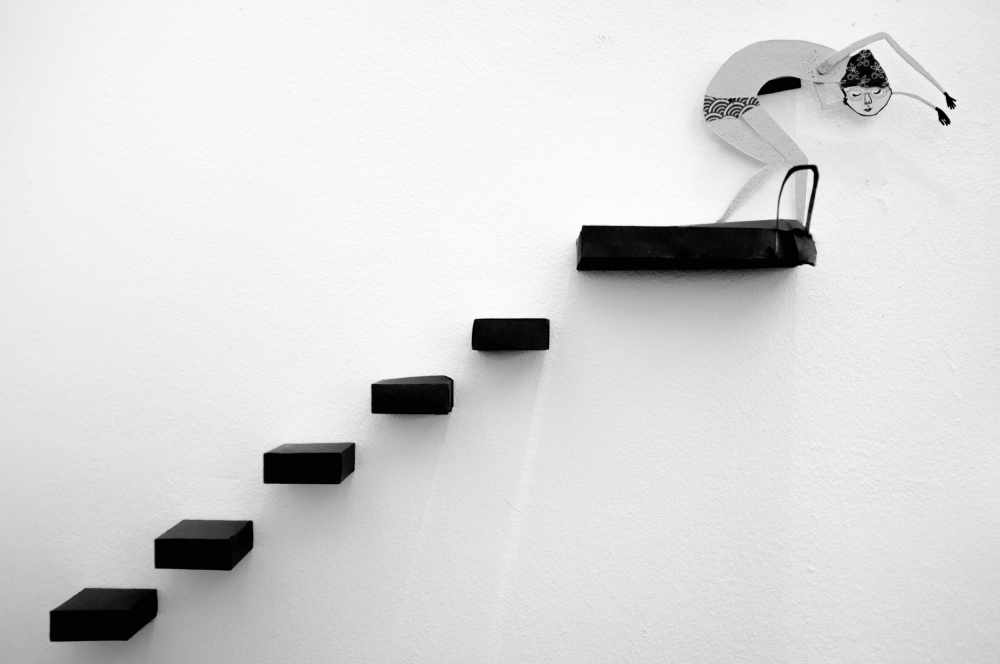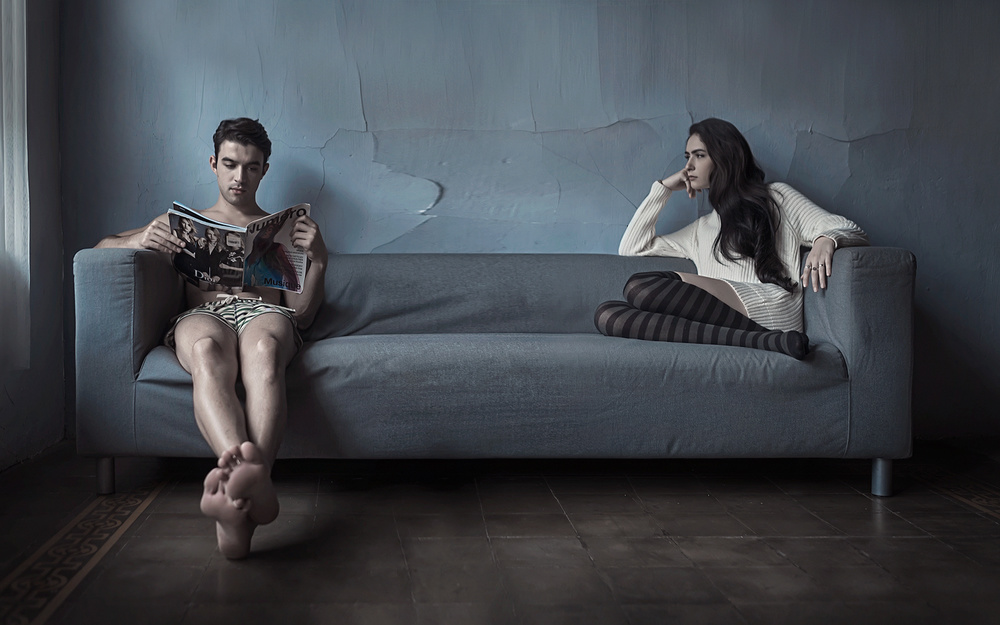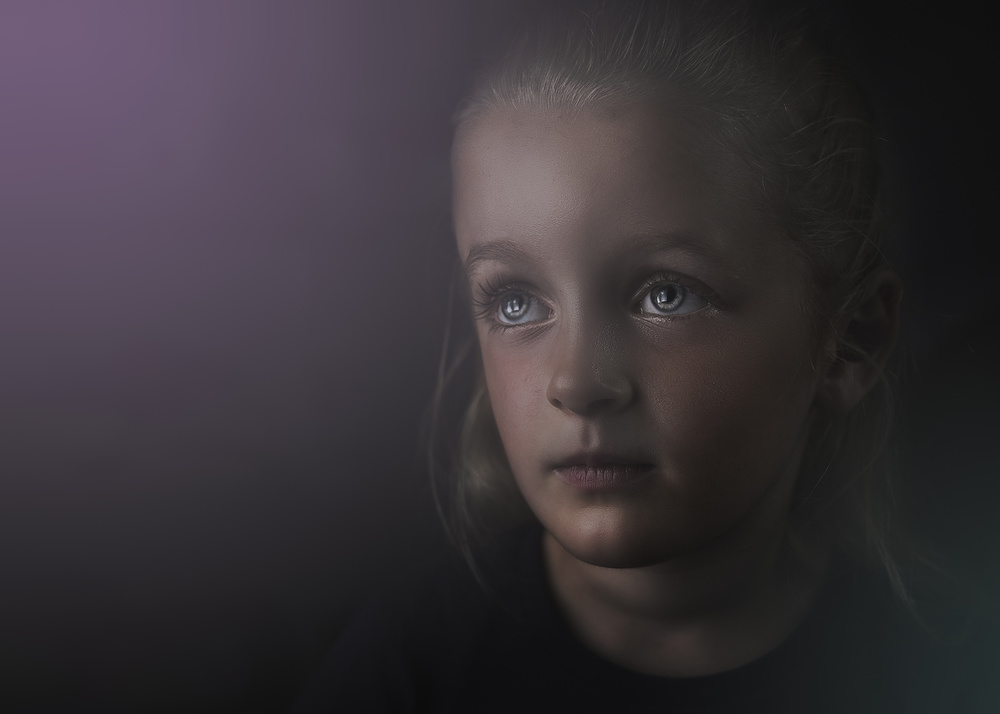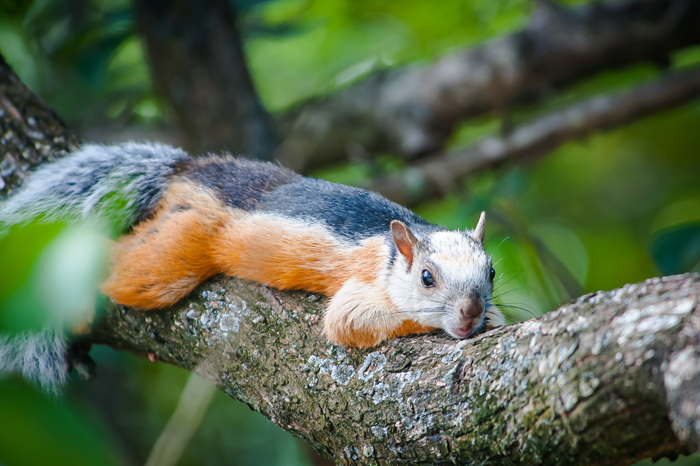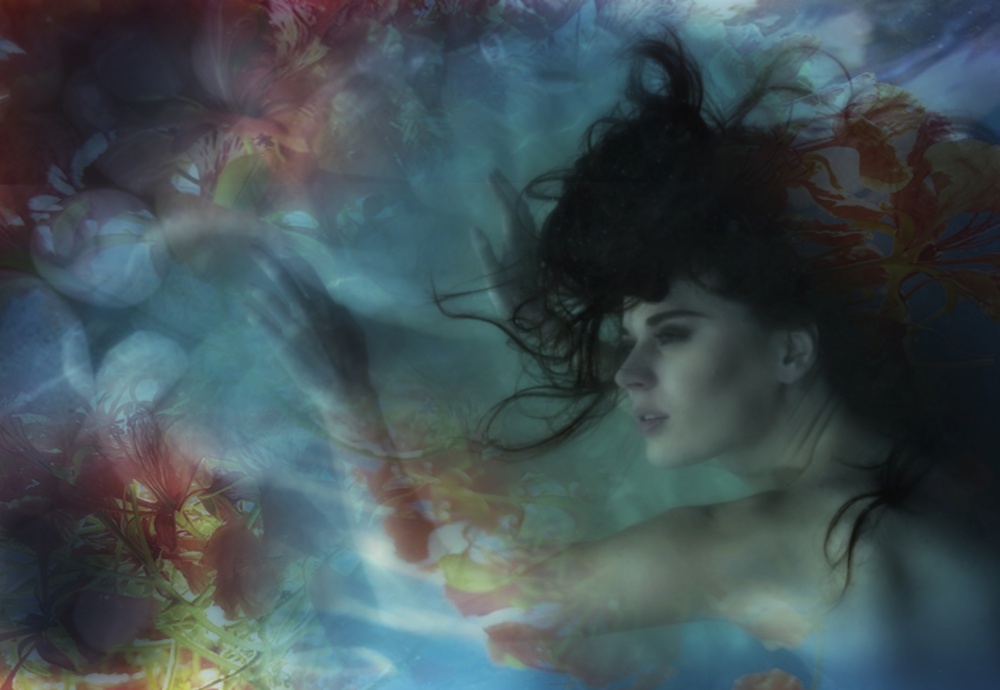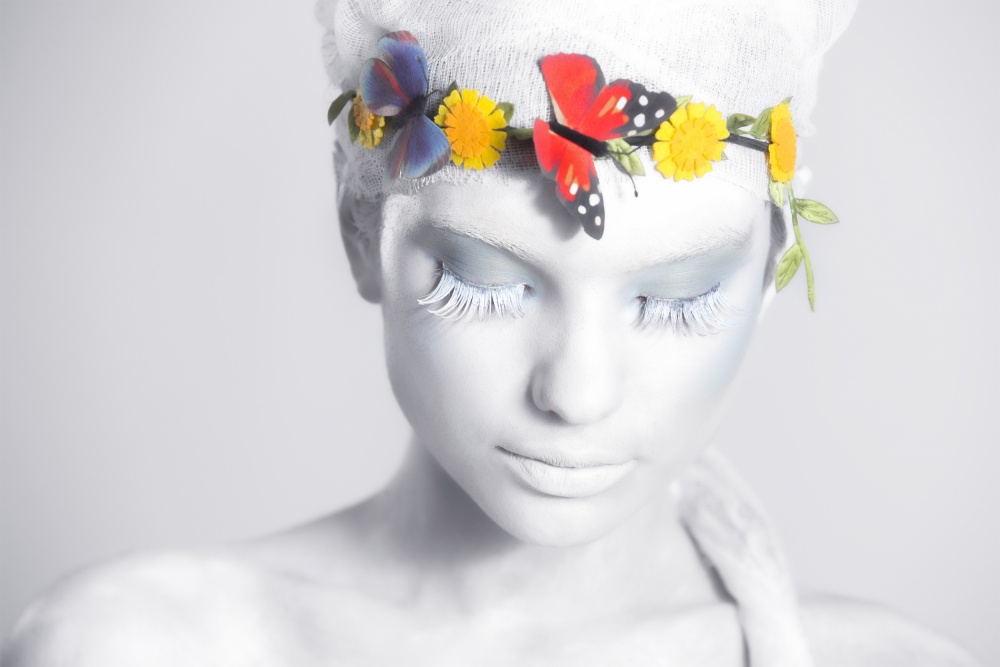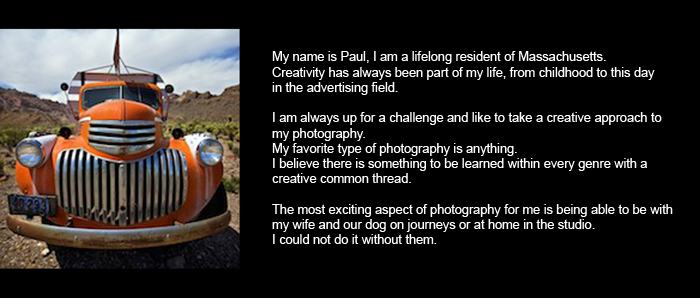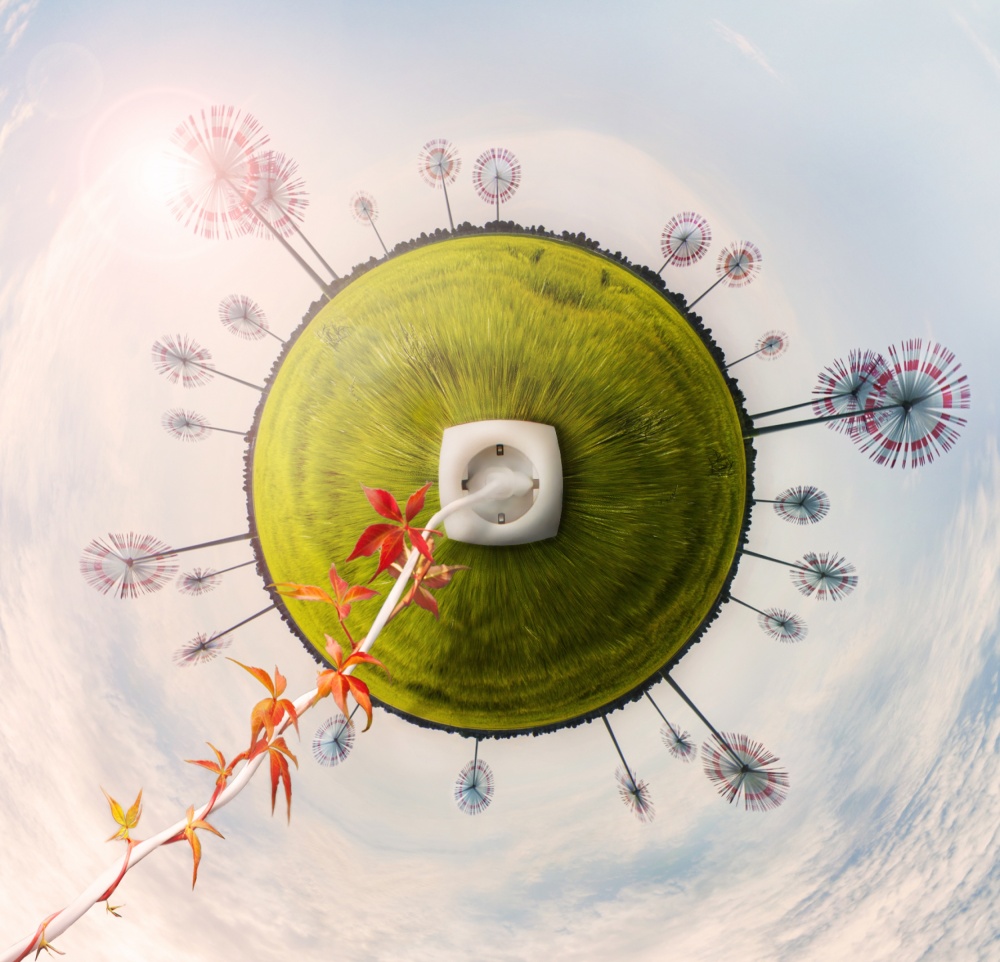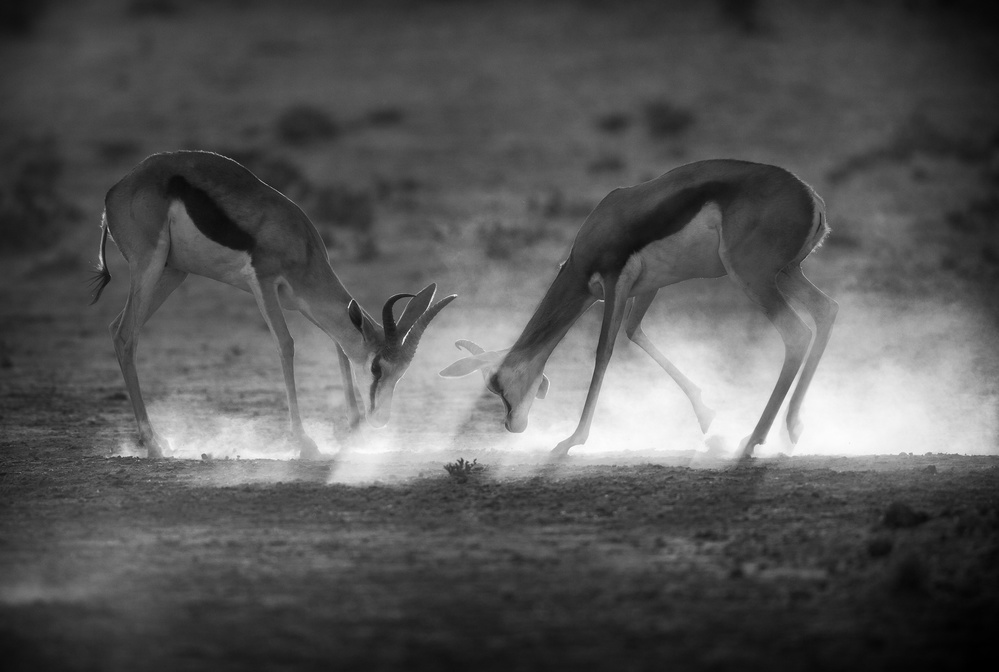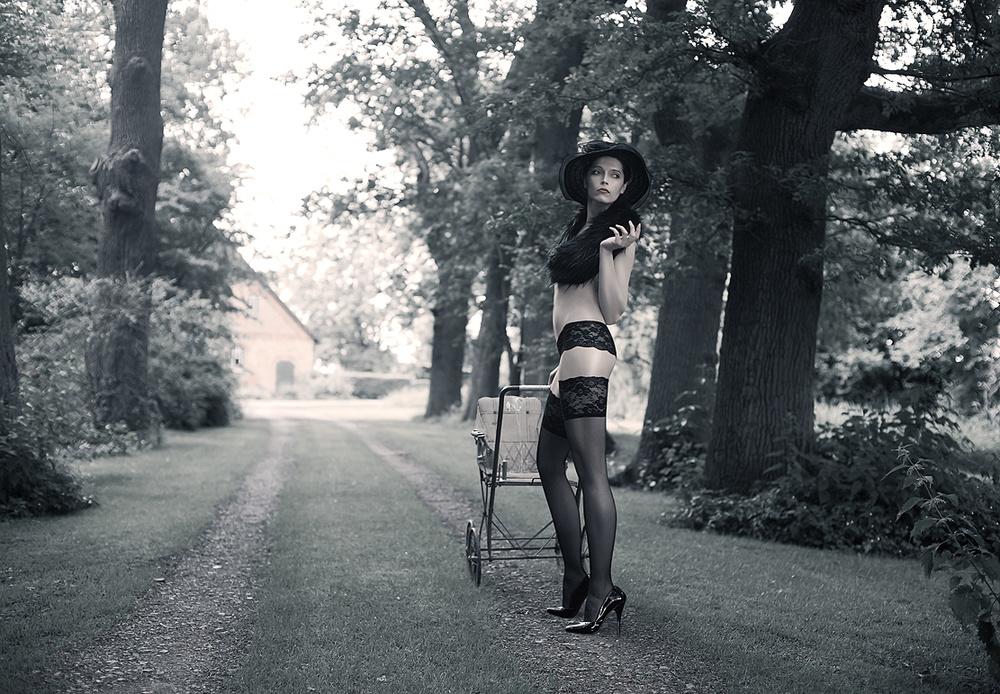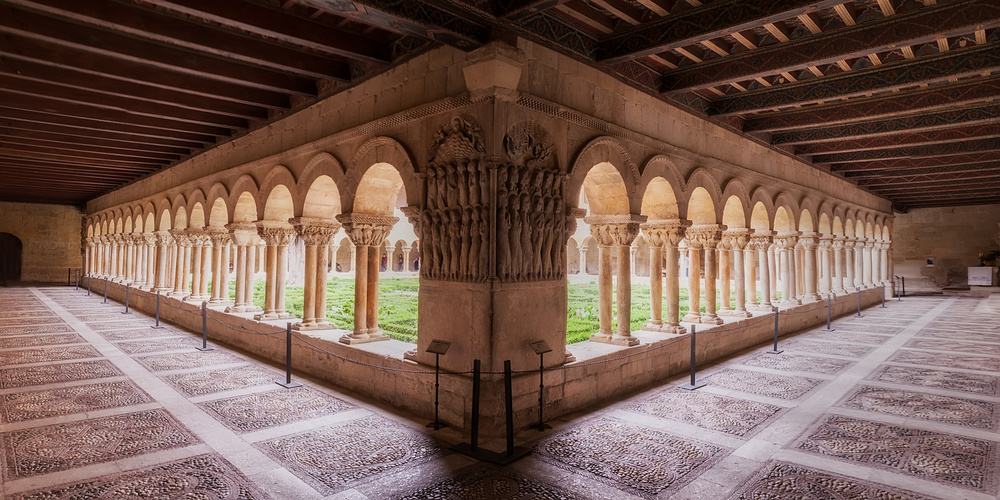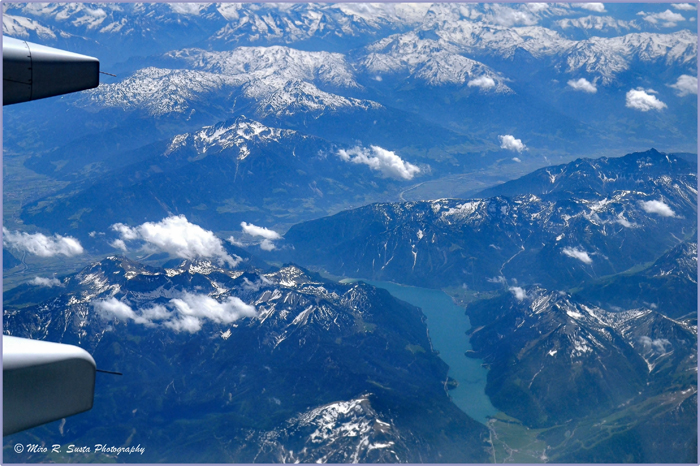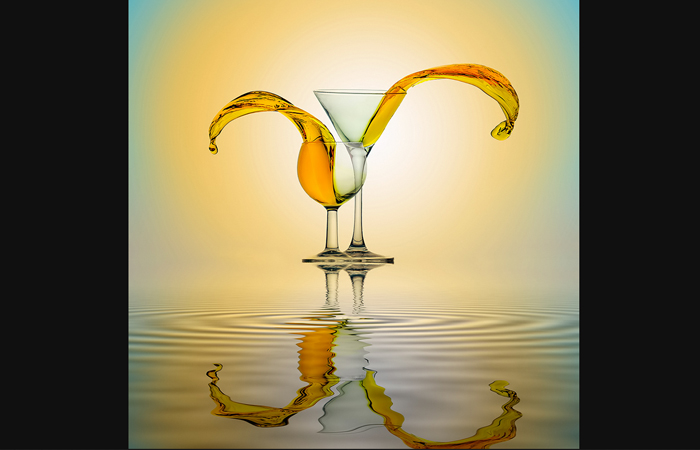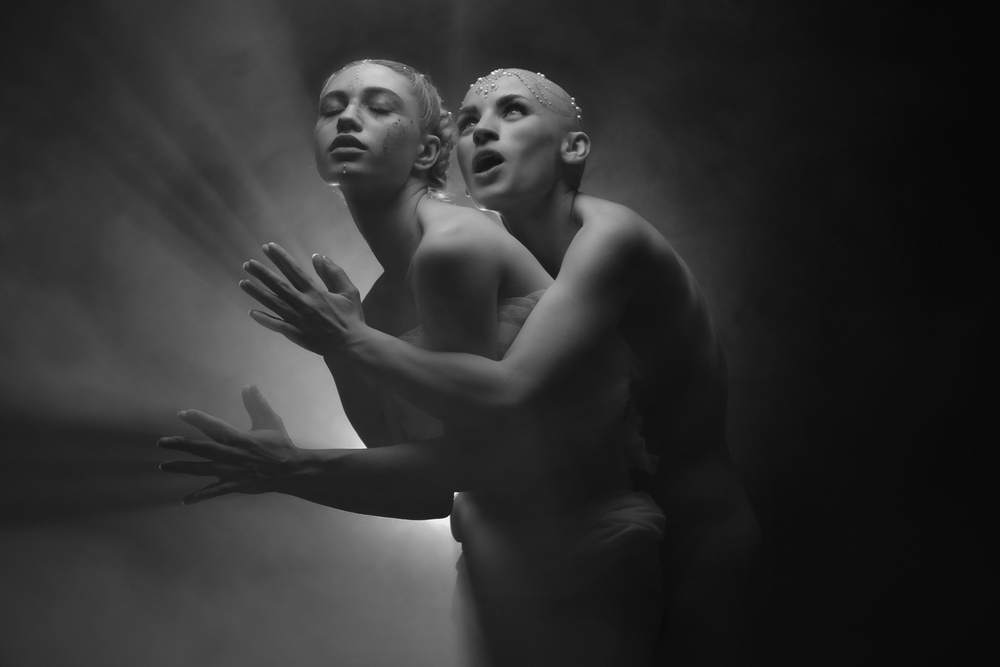Tips & Tricks
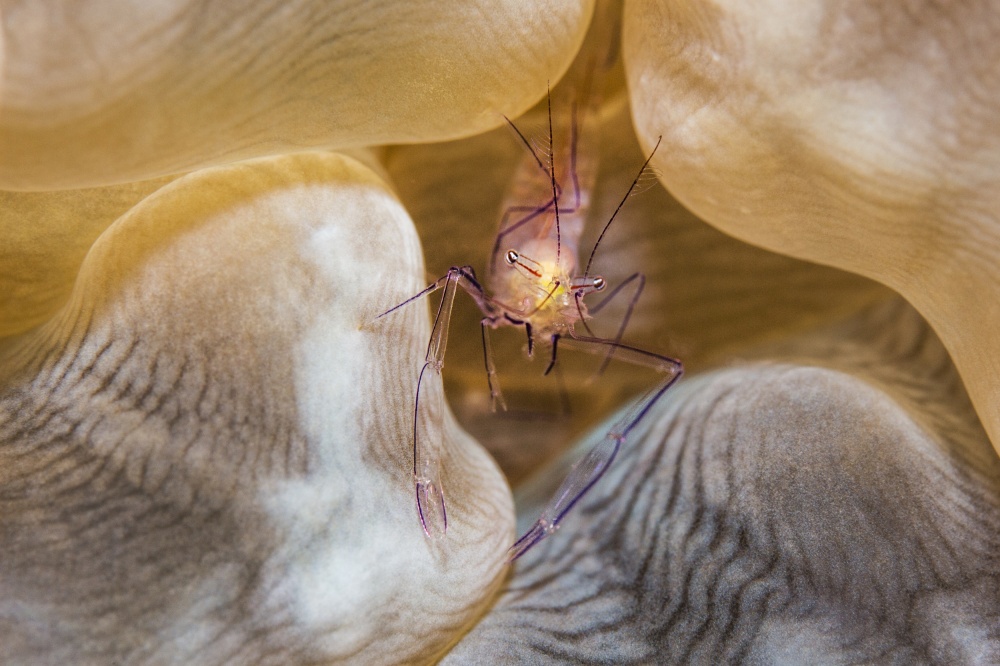
Bubble Coral Shrimp
1x Blog-Tips & Tricks' .
The bubble coral shrimp has a symbiotic relationship with bubble coral, so it always appears on a good background, making it one of the most pleasant and intriguing underwater macro subjects to photograph.
Bubble coral shrimp (Vir philippinensis) grow to about one centimeter long, and sometimes they are so small that they're practically invisible to the naked eye. It took some time for me to find one. I searched for them on all the bubble corals that I passed. I knew that Vir philippinensis live in these corals, but they are not very easy to spot, especially during the day when they're hiding inside the coral.
But one day I got lucky. It was a morning dive at 10:00 a.m., and at a depth of about 20 meters I saw the bubble coral. At first I didn't see the shrimp on it, but I was about one meter away from the coral. I decided to get closer, and finally I found this beautiful, tiny creature — my “lucky shrimp.” It was an exciting discovery for me, and it was my chance to make some great photos.
I set the ISO to 200, aperture to f/8 and shutter speed to 1/200 second. For underwater photography it is better to use a low ISO to keep the noise level at a minimum. Macro lenses give very little depth of field (DOF), so to increase the DOF and to achieve a sharp focus on the subject, you need to use a small aperture. I used a fast shutter speed to prevent camera shake. To compensate for the low light conditions I used a flash. Most of the time I position the flash high above the camera so that the edge of the light hits the subject. This prevents the flash from illuminating a water column between the camera and the subject.
The shooting angle is an important compositional parameter. Shooting at either eye level or from slightly below the subject helps to create eye contact with the subject and avoid a messy background. To avoid spooking the subject, I set up my camera exposure and flash before I approached the shrimp. After I chose the angle, I moved slowly and methodically toward it. I took a few shots, reviewed the images on the LCD and decided that the angle was not perfect. The shrimp was halfway inside the coral, and looking upward at the coral created an unpleasant shadow on it when the flash fired. So I slowly moved to the other side, and from there I found a much better angle that was closer to eye level with the shrimp. I took a few shots until I was satisfied with the result.
. '
by Anna Shvab
The underwater world amazes with its beauty and magnificence. If you have good underwater skills, you have the ability to explore this fascinating world, where some of the most wonderful and interesting creatures exist. This world provides an endless source of inspiration for photography.
The most important element in underwater photography is the negative space. The objective of successful underwater photographers is to not only look for interesting, colorful subjects, but to also look for a complementary background.
The bubble coral shrimp has a symbiotic relationship with bubble coral, so it always appears on a good background, making it one of the most pleasant and intriguing underwater macro subjects to photograph.
"Bubble coral shrimp (Vir philippinensis) grow to about one centimeter long, and sometimes they're so small that they are practically invisible to the naked eye."
Bubble coral shrimp (Vir philippinensis) grow to about one centimeter long, and sometimes they are so small that they're practically invisible to the naked eye. It took some time for me to find one. I searched for them on all the bubble corals that I passed. I knew that Vir philippinensis live in these corals, but they are not very easy to spot, especially during the day when they're hiding inside the coral.
But one day I got lucky. It was a morning dive at 10:00 a.m., and at a depth of about 20 meters I saw the bubble coral. At first I didn't see the shrimp on it, but I was about one meter away from the coral. I decided to get closer, and finally I found this beautiful, tiny creature — my “lucky shrimp.” It was an exciting discovery for me, and it was my chance to make some great photos.
"Most of the time I position the flash high above the camera so that the edge of the light hits the subject."
I set the ISO to 200, aperture to f/8 and shutter speed to 1/200 second. For underwater photography it is better to use a low ISO to keep the noise level at a minimum. Macro lenses give very little depth of field (DOF), so to increase the DOF and to achieve a sharp focus on the subject, you need to use a small aperture. I used a fast shutter speed to prevent camera shake. To compensate for the low light conditions I used a flash. Most of the time I position the flash high above the camera so that the edge of the light hits the subject. This prevents the flash from illuminating a water column between the camera and the subject.
"Shooting at either eye level or from slightly below the subject helps to create eye contact with the subject and avoid a messy background."
The shooting angle is an important compositional parameter. Shooting at either eye level or from slightly below the subject helps to create eye contact with the subject and avoid a messy background. To avoid spooking the subject, I set up my camera exposure and flash before I approached the shrimp. After I chose the angle, I moved slowly and methodically toward it. I took a few shots, reviewed the images on the LCD and decided that the angle was not perfect. The shrimp was halfway inside the coral, and looking upward at the coral created an unpleasant shadow on it when the flash fired. So I slowly moved to the other side, and from there I found a much better angle that was closer to eye level with the shrimp. I took a few shots until I was satisfied with the result.
POST PROCESSING
The image was processed in Photoshop CC.
1) I did not like the dark left side of the image, so I decided to crop it out. To keep the same composition and image dimensions, I cropped away the some of the left side and the top and bottom as well. This enlarged the shrimp and got rid of the dark, unpleasant area.
2) I made some minor adjustments to the overall brightness and contrast. The Contrast setting was slightly increased, and to compensate for the slightly dark exposure, the Brightness setting was increased as well.
3) I removed the particles in the top-left corner of the image using the Content-Aware Fill feature.
4) The final step was to increase the sharpness of the shrimp, especially the eyes. To selectively sharpen only those areas and bring out more detail, I used the Adjustment Brush.
1) I did not like the dark left side of the image, so I decided to crop it out. To keep the same composition and image dimensions, I cropped away the some of the left side and the top and bottom as well. This enlarged the shrimp and got rid of the dark, unpleasant area.
2) I made some minor adjustments to the overall brightness and contrast. The Contrast setting was slightly increased, and to compensate for the slightly dark exposure, the Brightness setting was increased as well.
3) I removed the particles in the top-left corner of the image using the Content-Aware Fill feature.
4) The final step was to increase the sharpness of the shrimp, especially the eyes. To selectively sharpen only those areas and bring out more detail, I used the Adjustment Brush.
TIPS
1) When you are taking underwater photographs, one of the most important things to remember is that you must choose a good background. The potential of the image depends on the subject's location in the composition, and as in most macro photography, the background is oftentimes more important than the subject itself.
2) When you select the subject you want to photograph, try to find an effective shooting angle. Put yourself below the subject and shoot upward or at eye level. The presence of eye contact grabs the viewer's attention, making the image much more interesting.
3) Learn about the subjects you are going to shoot: their location, behavior and what time of day they are active or visible. It will help you find the subject in better conditions, giving you a better opportunity to make some great photos.
2) When you select the subject you want to photograph, try to find an effective shooting angle. Put yourself below the subject and shoot upward or at eye level. The presence of eye contact grabs the viewer's attention, making the image much more interesting.
3) Learn about the subjects you are going to shoot: their location, behavior and what time of day they are active or visible. It will help you find the subject in better conditions, giving you a better opportunity to make some great photos.
BIOGRAPHY
I am a molecular biologist working at Weizmann Institute in Israel. When I was traveling in the Philippines, I took some diving courses. That's when I discovered the amazing and beautiful underwater world, which inspired me to become an underwater photographer.


